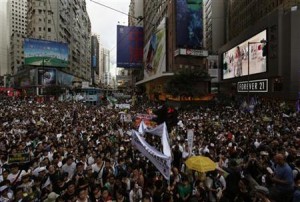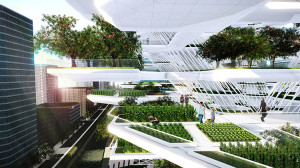Population Growth & Rapid Urbanization
As the world’s population continues to skyrocket (total population jumped from ~1 billion in 1804 to over 7 billion today), space will remain at a premium. The combination of less space for expansion and the new challenges presented by cities’ having to support larger populations will require us to find new and innovative ways to improve the functionality of our buildings. Not only will we need to maximize the space inside the buildings and reduce their impact on the environment, but now is the time to start thinking about how these buildings can both serve its tenants and the surrounding community.
Solutions in Architecture
There have been major and exciting developments in sustainable architecture over the last twenty years. The idea that a building could not only be aesthetically pleasing, but also have a positive environmental footprint is particularly appealing in a world where we regularly hear about potential environmental disasters resulting from climate change.
An interesting idea for “sustainable architecture” is that of vertical farms, where, instead of floor after floor of offices in a building, you would have tiers of greenery that would synthesize elements of agriculture, architecture, and sustainability to create high-efficiency farms that take up vertical space rather than acres of ground-level space. According to a recent report in Fast Company, this is exactly what is pursued by Aprilli Design Studio, a U.S.-based design atelier, in their Urban Skyfarm project. Their proposed structure would be a complete, self-sustaining ecosystem, complete with wind turbines, hydroponic farming systems, solar panels, a natural rainwater filtration system. The structure would be built using lightweight decks and could host more trees than an urban park.
According to architects Steve Lee and See Yoon Park, “Vertical farming is not only a great solution to future food shortage problems but a great strategy to to address many environmental problems resulting from urbanization.”

